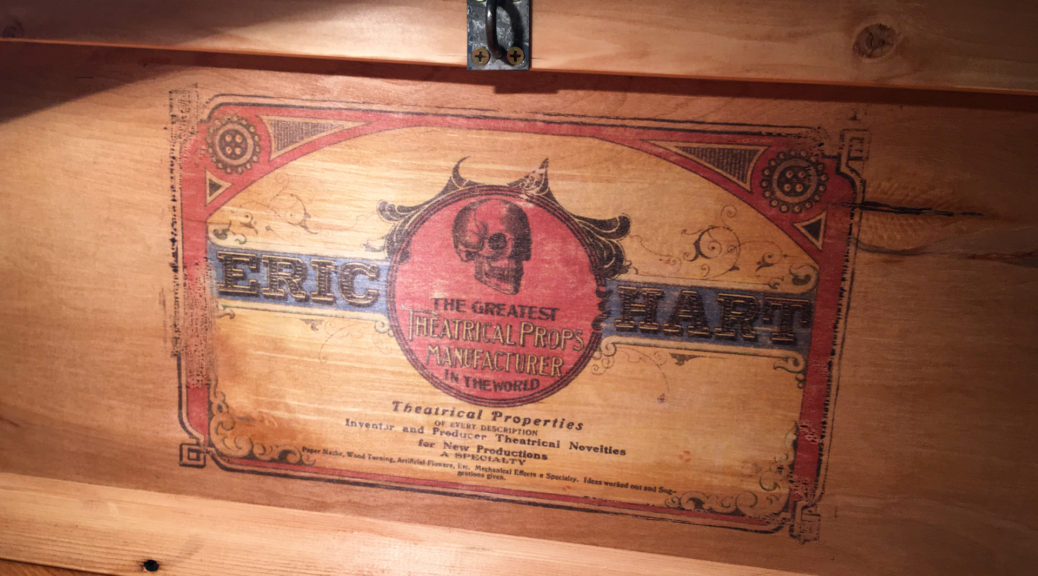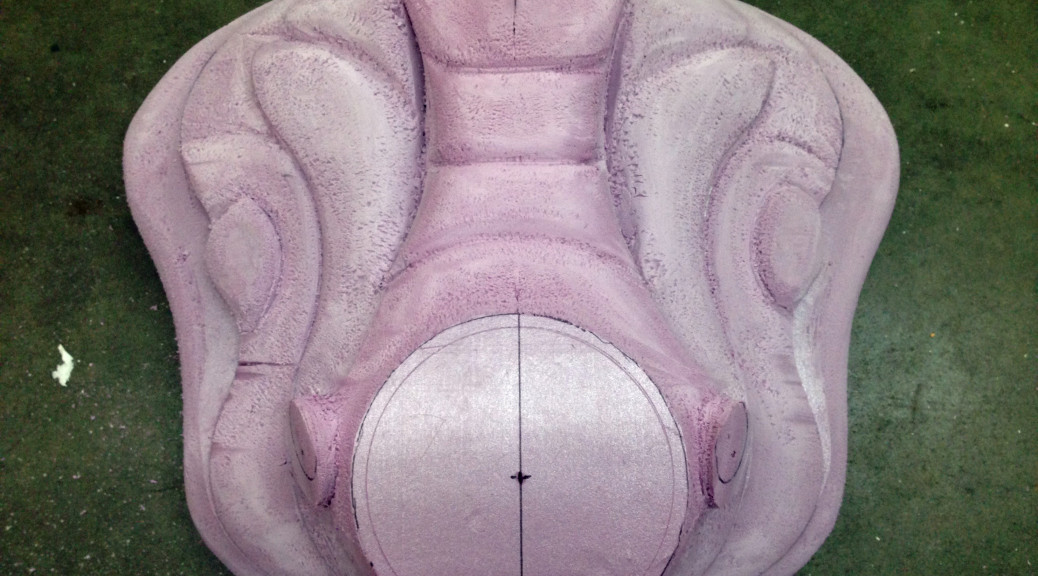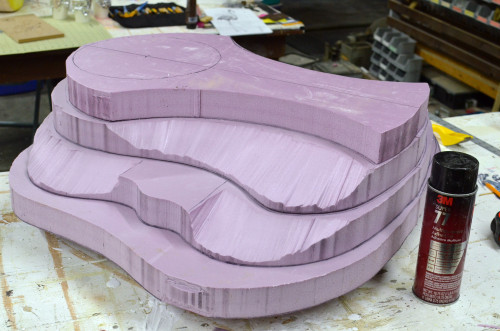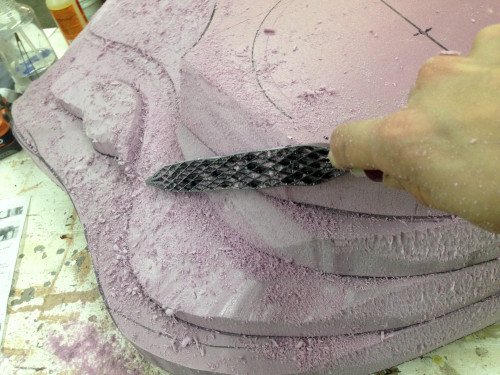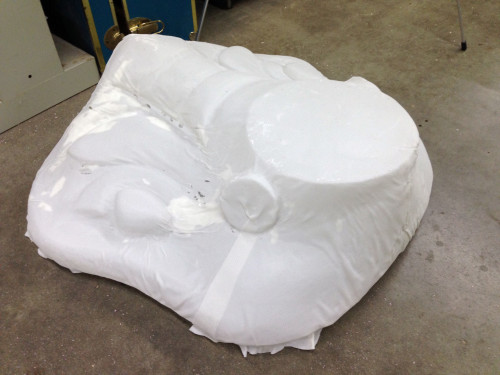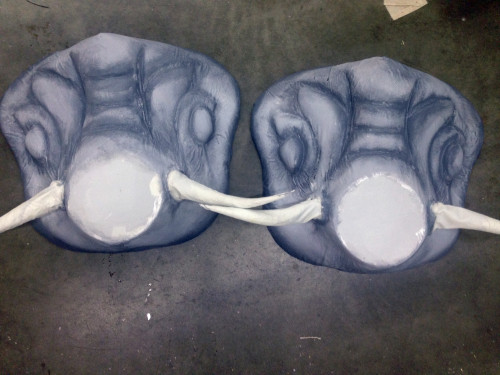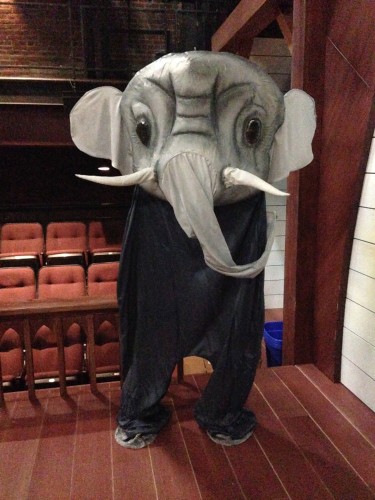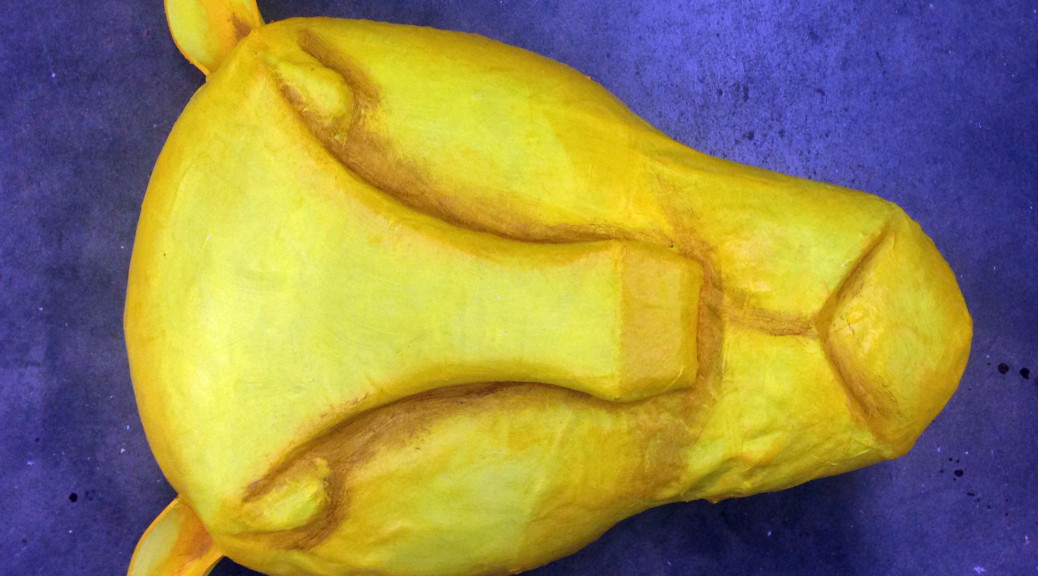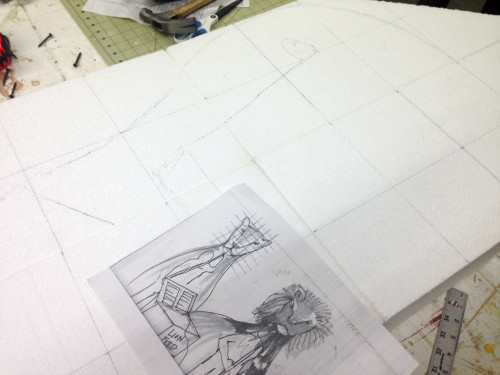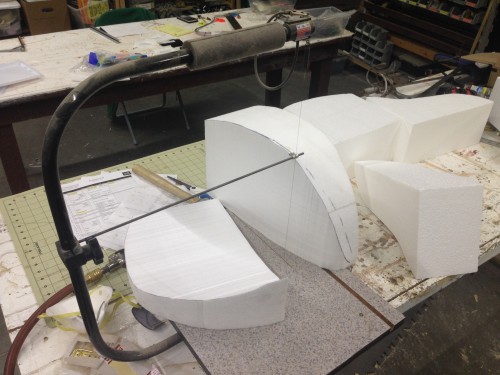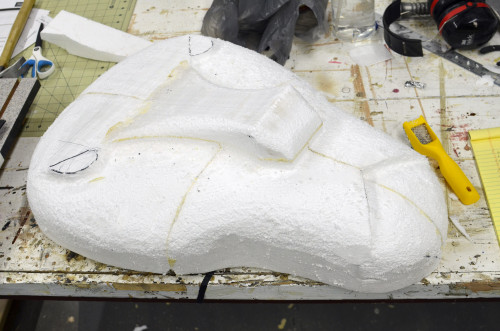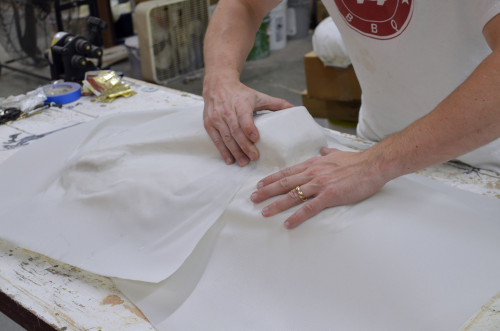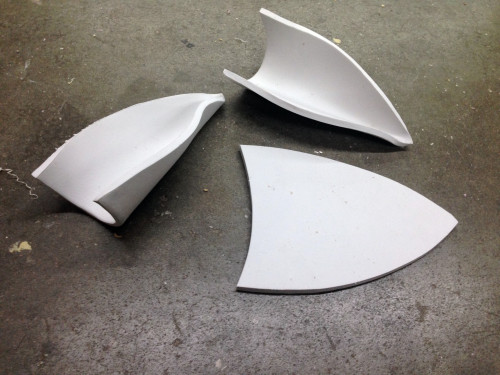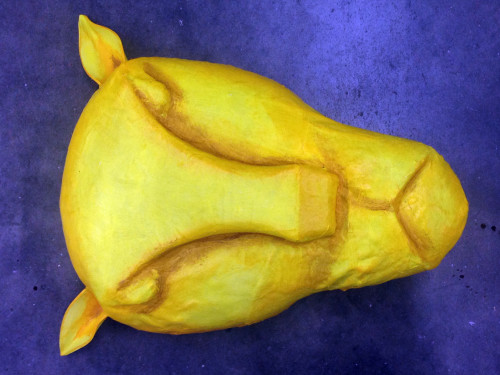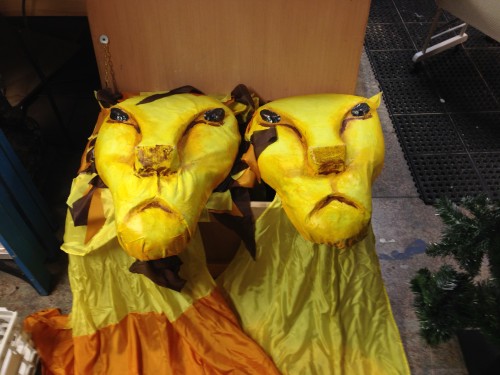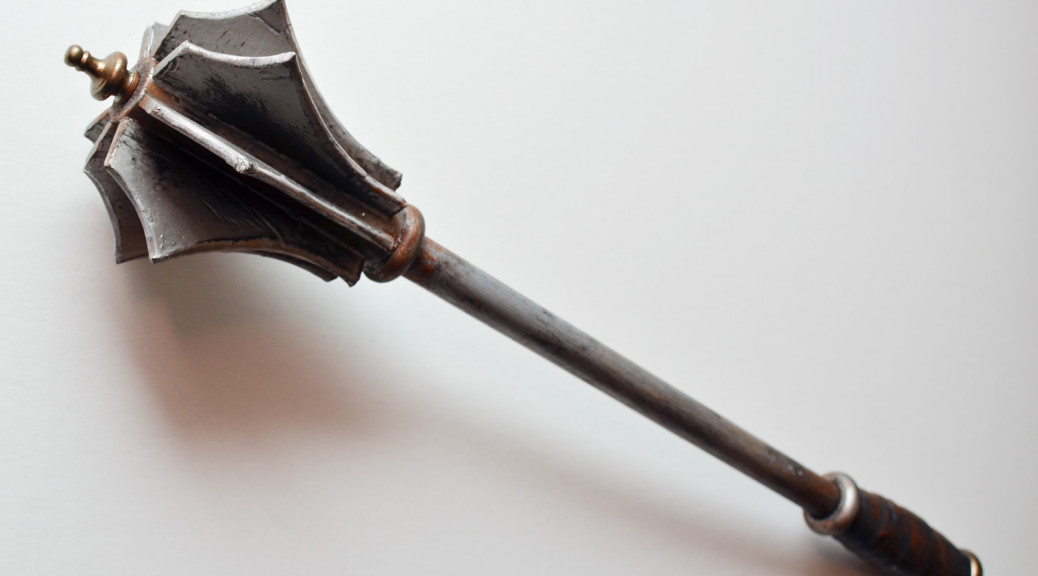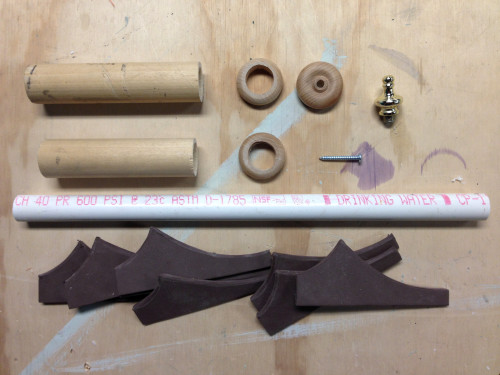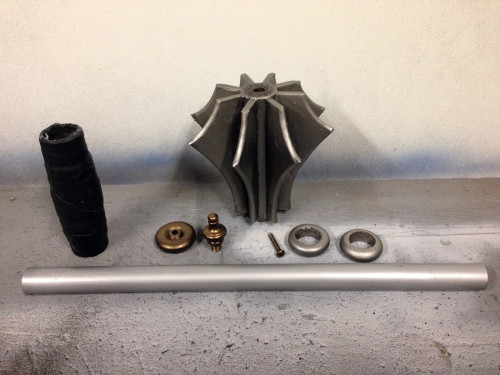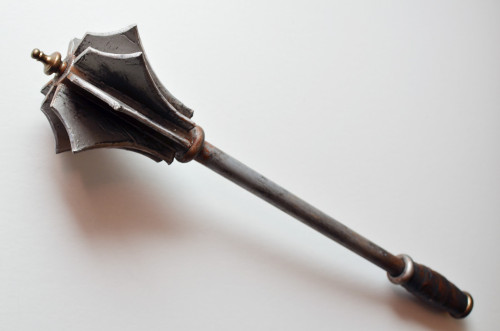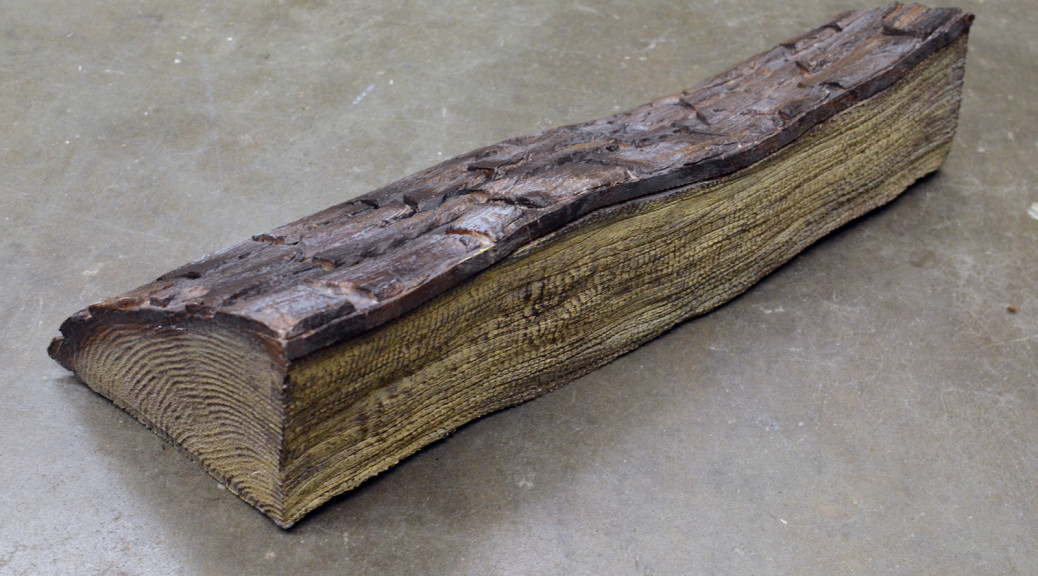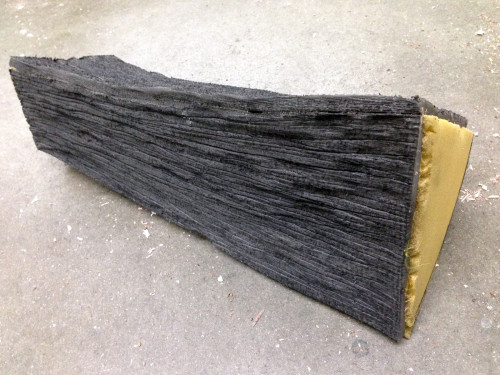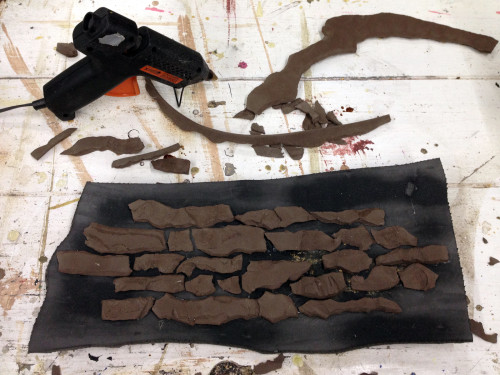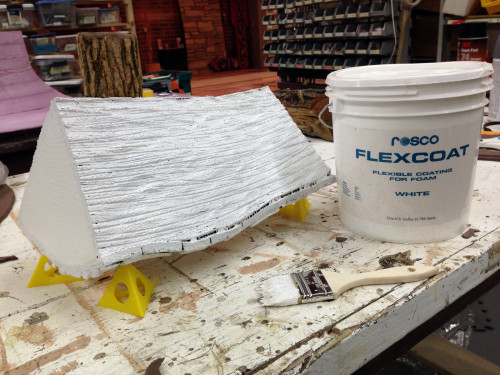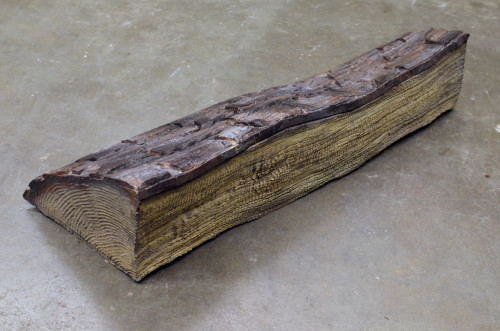Triad Stage just closed a production of Fences which I prop mastered. One of the set dressing items was a wooden plaque with a prayer written on it. I tried out a technique I saw where you print onto wax paper and transfer that to wood. It worked well, so I experimented with it some more, making this video in the process.
I wanted a crate to haul around the props I bring to Maker Faires, so I designed an old-timey crate label for it.
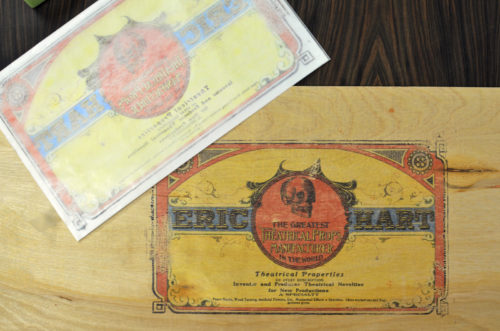
As you can see in the video, the process is very simple. Cut a piece of wax paper. Attach it to regular printer paper. Get an image on your computer and mirror it so it prints out in reverse. Send your wax paper through your inkjet printer. Lay it on your piece of wood and burnish the back of the paper so you rub all the ink off. Be careful not to move the wax paper around once it is on the wood.
In the picture above, you can see a few spots along the edges where the ink sort of blotted up and didn’t transfer as well. The wax paper wants to curl as it goes through the printer, and the ink will not sit right if it is too far or too close from the print head. The first time I tried this, I sent just the wax paper through, and most of the image ended up blotted. Attaching the wax paper to a piece of regular paper helps keep that from happening. The next time I do this, I may try using spray adhesive to attach the wax paper to regular paper, or just use an image that does not go so far to the edges of the page (the edges are where you get the most curling).

